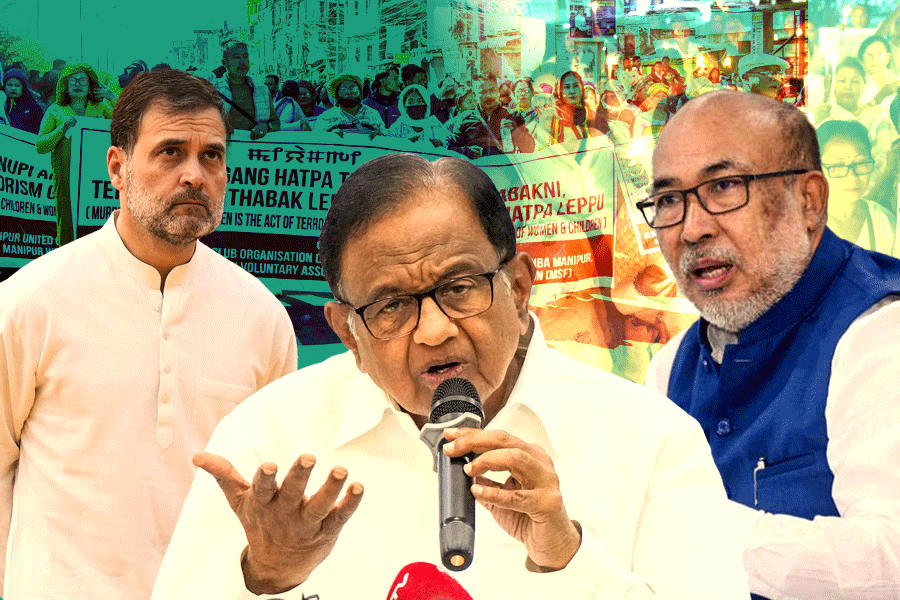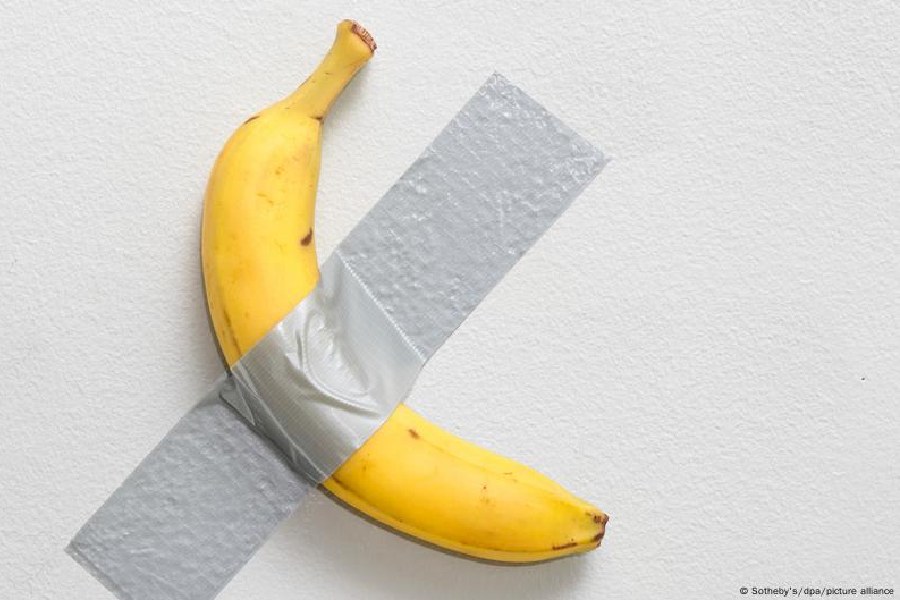 Wednesday, 20 November 2024
Wednesday, 20 November 2024
 Wednesday, 20 November 2024
Wednesday, 20 November 2024
Winter in North India no longer arrives with the gentle chill of nostalgia. Instead, it drifts in cloaked in smog and the acrid smell of pollution. This year is no different. From Delhi to Rajasthan and Uttar Pradesh to Haryana, the air has turned toxic, forcing millions to mask up—not to ward off a pandemic, but to breathe through the haze.
In Delhi, the AQI touched a grim 426 on Wednesday morning, categorised as 'severe.' The pollution crisis in North India is not limited to the national capital. Rajasthan's Khairthal-Tijara district has shut down physical classes for younger students, following directives from the Supreme Court. The fight for clean air has turned into an annual battle, and this time, the entire region is grappling with the consequences.
All but one of the 38 monitoring stations in the national capital were in the red zone. Environmentalists point to the vast network of sources that contribute to this crisis: vehicular emissions, industrial pollution, and stubble burning in Punjab and Haryana combine to choke the air across the northern plains.
Across North India, the demand for air purifiers and masks has soared. The masks that became ubiquitous during the COVID-19 pandemic have found new relevance. To combat the crisis, authorities have enforced Stage IV restrictions under the Graded Response Action Plan (GRAP). Construction has halted across Delhi-NCR, government offices in the capital operate with staggered timings.
In Punjab and Haryana, stubble burning continues despite promises of stricter enforcement, adding to the toxic cocktail of pollutants. From Delhi's Connaught Place to Chandigarh’s bustling streets, the air feels heavier than ever, both literally and metaphorically. North India seems locked in an unending cycle of choking winters, with little relief in sight. The region masks up once again—not for protection from a virus, but as a desperate attempt to filter the very air they live in.







